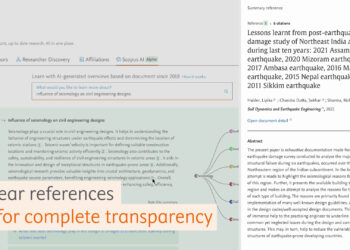Dismayed by the loss of trust in facts, and seeming preference for half-truths that appears to be driving our political present, I decided to catch up on my reading over the weekend. Perhaps sensitized by our nation’s loss of innocence, I was particularly struck by a recent and stimulating article in Publishers Weekly, entitled How to Sell Nearly a Half-Million Copies of a Poetry Book, by Anisse Gross. It’s a great story. Essentially, the story goes that Andrews McMeel Publishing, a publisher best known for comics, humor books, cookbooks, puzzles, and children’s books had a best seller on their hands in the form of Rupi Kaur’s book of poetry, Milk and Honey. The book was originally self-published by Kaur, but has now gone on to sell over 450,000 copies, apparently still selling around 30,000 copies per week.
I will let readers read more about this story in the Publisher’s Weekly news piece itself. My interest in this story lies in the way Rupi Kaur’s book evolved. McMeel Publishing understood that Kaur had a strong presence in the social media – Instagram, Facebook, Twitter and YouTube. As a spoken word poet, she has captured the attention of a whole generation of readers and consumers of social media. Her community keeps growing, and is typical of how the next generation of readers is finding out about the world around them. Like other communities formed by social media, the one formed through Rupi Kauer’s poetry is a like a literary glue that binds her words to people. In this new world, ideas — facts, fake news, poetry, concepts, art – snippets and ideas expressed in short bursts through social media stick to the consciousness of young readers, and help form new types of communities that are willing to then go into greater depth, perhaps through long-form books.
What is the lesson here for an academic publisher wanting to reach wider, more general audiences? Perhaps we can use YouTube and other forms of social media to find those people and topics that resonate with significant sectors of existing communities, or new communities that are forming around specific people and their ideas.
Some publishers are beginning to understand how online communities may be important in an academic publishing setting. The Institute of Physics (IOP), for example, has a pretty slick YouTube channel, and some videos like this one on how the mirage effects helps researchers hide objects, have garnered over 1.5 million views. The IOP provides a direct link to the journal article in its journal Nanotechnology.
One of my favorite channels is Numberphile, from the Mathematical Sciences Research Institute (MSRI), a serious organization with lofty goals. MSRI is essentially funded by the National Science Foundation (NSF) and hosts 2,000 mathematical scientists each year who engage in significant research. Outreach is also a part of their mission, and some of their videos have reached millions of viewers – a staggering number for a wonderful resource.
Another great example is Terence Tao, a Field’s Medal-winning mathematician at UCLA. He has moved beyond the realm of the elite and has shared his mathematics with the world. He has published many books, and when you look on YouTube you find videos such as this…
…which has been viewed over a half-million times. It is remarkable to me that a description of work around the small and large gaps between the primes can generate such a following, but there it is.
There is something in this blend of snippets, social media, community building and social media that publishers need to understand more fully, turning online communities into authors and readers. This may be the future for our content acquisitions departments.
Do you have favorite YouTube Channels in your area of academic endeavor?
Discussion
5 Thoughts on "The Future of Authorship"
Remember how Justin Bieber started off? But such phenomena preexisted social media. After Joseph Campbell was interviewed by Bill Moyers on TV, his Hero with as Thousand Faces, originally published in 1949 in the Bollingen Series, went on to sell over 350,000 copies for Princeton University Press, which put it on the NY Times best seller list. Another book in that series, the translation of the I Ching by Richard Wilhelm, once discovered by the hippies in Haight-Asbury, went on to sell over a million copies.

